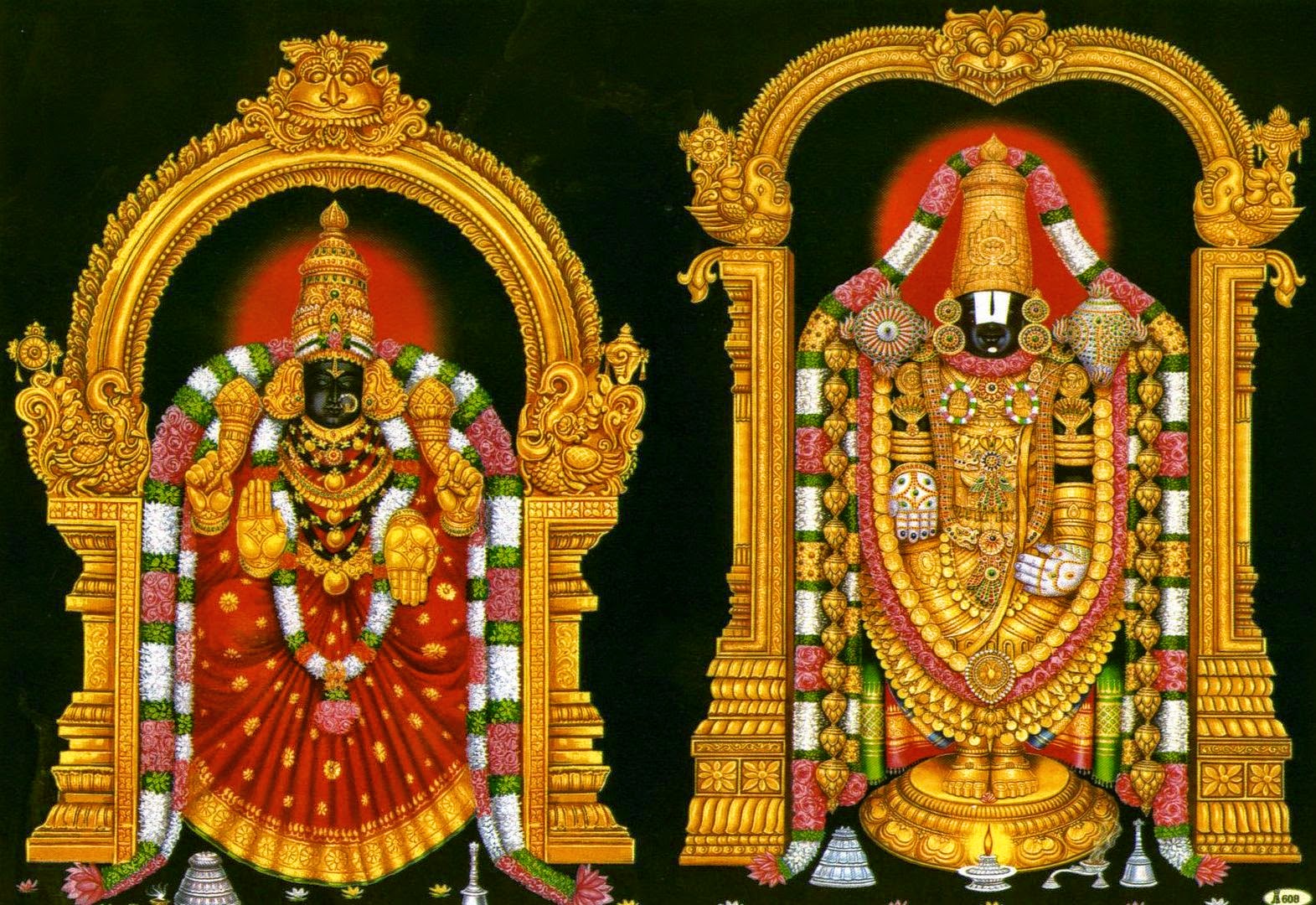Srimad Bhagavadgeeta : Ch-13. Slo-2.
Sunday, May 25, 2014.
Srimad Bhagavadgeeta :
Chapter-13. ( Kshetra-kshetrajna-vibhaga-yogam )
Slokam-2.
Part-1.
The first division of Srimad Bhagavad-Gita known as the Karma Yoga section comprises the first six chapters describing two paths: the path of spiritual actions and the path of spiritual knowledge by which an aspirant may achieve atma tattva or realisation of the eternal soul. It has also been explained that the achievement of atma tattva is essential for attaining moksa or liberation from material existence.
The middle division of Srimad Bhagavadgeeta known as the Bhakti Yoga section comprises the second six chapters which reveals that bhakti or exclusive loving devotion which is preceded by factual spiritual knowledge of the Supreme Lord Krishna as revealed in the Vedic scriptures is the paramount attainment. Such spiritual knowledge about Lord Krishna is prerequisite and essential to bhakti and subsequent attainment of communion with the Supreme Lord and eternal association which is the ultimate goal and most exalted destination. It is also elucidated herein that bhakti constitutes the means by which those aspirants ambitious of acquiring opulence and those aspirants ambitious for atma-tattva or soul realisation can both have their respective desires fulfilled as well.
Now in the final division of Srimad Bhagavadgeeta known as the Jnana Yoga section comprising the last six chapters, the topics propounded in the first 12 chapters will be further illuminated by Lord Krishna. Two categories will be examined: prakriti or the spiritual substratum pervading physical existence and Purusa or the Supreme eternal consciousness. Their combined union constitutes the complete cosmic creation. The nature of Isvara or the Supreme Lord, the means of salvation, the paths of karma or spiritual activities for the Supreme Lord, jnana or spiritual knowledge of the Supreme Lord and bhakti or loving devotion to the Supreme Lord will be further delineated along with instructions on how to practice and perform each path.
Beginning this Jnana Yoga section, this chapter explains the nature of matter and the soul, the way to realise the soul as distinctly different from matter, the reason why the atma is associated with matter and the way the atma may be meditated upon.
Lord Krishna explains that while in a physical body the jiva or embodied being believes they are that body, thinking I am a man, I am a demigod, I am a female, I am famous, I am powerful, etc. all of which are distinctly different form the atma or eternal soul. The physical body is that which the spiritually intelligent assert as the ksetra or field of enjoyment. One who has the realisation of the jiva being part of an aggregate whole composed of divisible parts being the physical body, the subtle body and the atma. One who has the understanding that I know this body and instead of the mentality that I am this body. One who is cognisant of these things and realises what the atma actually is factually asserted as being ksetrajna or the knower of the field. It can be said that when cognition of objects external to the physical body arises the conception of I am my human body who sees for example this house before me, implying that the one who sees thinks the atma is inseparable from the physical body and not that the atma is totally independent of the physical and subtle bodies. Subsequently when one has achieved atma tattva or realisation of the soul and experienced its spiritual existence then one will be cognisant of their physical body merely as a house within which the atma inhabits. To perceive a house as external from the physical body is the same as perceiving the atma as external from the physical body for one who is realised. One who is cognisant of this reality sees the atma as a distinct entity separate from the physical and subtle bodies.
To assert the indisputably modifiable and perishable physical body and its qualitative characteristics to the immortal atma in accordance with the law of coexistence of subject and attribute is as unreasonable as asserting that the milk of cattle is an inseparable attribute of every type of cow, bull or heifer falling under that generic term.
Due to the fact that the phenomenally unique and sublime nature of the atma precludes any perceptibility by the senses of sight, sound, taste, touch and smell to experience it and is only perceptible by the consciousness of a clarified mind purified by introspection amd meditation derived from the process of yoga or the science of the individual consciousness perfecting communion with the ultimate consciousness. The spiritually deficient are beguiled and bewildered by the mere propensity of matter and deluded misconstrue the perishable physical body and the eternal, immortal atma. This will be further clarified in chapter 15, verses 10 and 11 where Lord Krishna explains that those bereft of wisdom with impure thoughts cannot perceive the atma.
Continues..




Comments